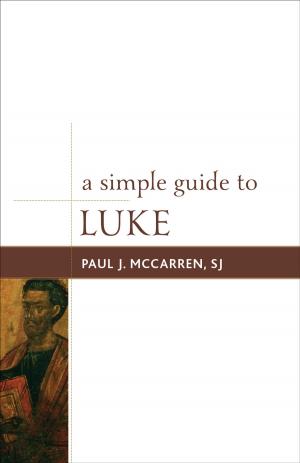Engaging the Hispanic Learner
Ten Strategies for Using Culture to Increase Achievement
Nonfiction, Reference & Language, Education & Teaching, Teaching, Language Experience Approach, Educational Theory, Bilingual Education| Author: | Michele Wages | ISBN: | 9781475813876 |
| Publisher: | Rowman & Littlefield Publishers | Publication: | November 7, 2014 |
| Imprint: | Rowman & Littlefield Publishers | Language: | English |
| Author: | Michele Wages |
| ISBN: | 9781475813876 |
| Publisher: | Rowman & Littlefield Publishers |
| Publication: | November 7, 2014 |
| Imprint: | Rowman & Littlefield Publishers |
| Language: | English |
Every year a new group of students walks through the classroom door and the question arises: what can I do differently to better help my Hispanic students? This is one of the most fundamental questions every teacher must ask. The reason being, quite simply, that the percentage of Hispanic students in U.S. classrooms is increasing dramatically each year.
In the past, education’s overall approach was to let Hispanic learners simply adapt to the typical U.S., Anglo–dominated classroom culture. The expectation was they would acclimate themselves to the current norms. In fact, it was almost as if there was an unspoken rule that it was the student’s responsibility to figure out how to fit in. If, arguably, that indeed was the situation, it is certainly no longer true. Given the seismic shift in percentages, it’s time for schools and teachers to proactively develop learning environments that will support these students in the best possible way.
In Engaging The Hispanic Learner, Dr. Michele Wages helps education take an enormous step forward in addressing this increasingly complex issue. The research she cites is almost shockingly compelling. After reading this book there should be no doubt in anyone’s mind that the issue is real, the issue is important, and that successfully dealing with it—soon—is critical.
Every year a new group of students walks through the classroom door and the question arises: what can I do differently to better help my Hispanic students? This is one of the most fundamental questions every teacher must ask. The reason being, quite simply, that the percentage of Hispanic students in U.S. classrooms is increasing dramatically each year.
In the past, education’s overall approach was to let Hispanic learners simply adapt to the typical U.S., Anglo–dominated classroom culture. The expectation was they would acclimate themselves to the current norms. In fact, it was almost as if there was an unspoken rule that it was the student’s responsibility to figure out how to fit in. If, arguably, that indeed was the situation, it is certainly no longer true. Given the seismic shift in percentages, it’s time for schools and teachers to proactively develop learning environments that will support these students in the best possible way.
In Engaging The Hispanic Learner, Dr. Michele Wages helps education take an enormous step forward in addressing this increasingly complex issue. The research she cites is almost shockingly compelling. After reading this book there should be no doubt in anyone’s mind that the issue is real, the issue is important, and that successfully dealing with it—soon—is critical.















